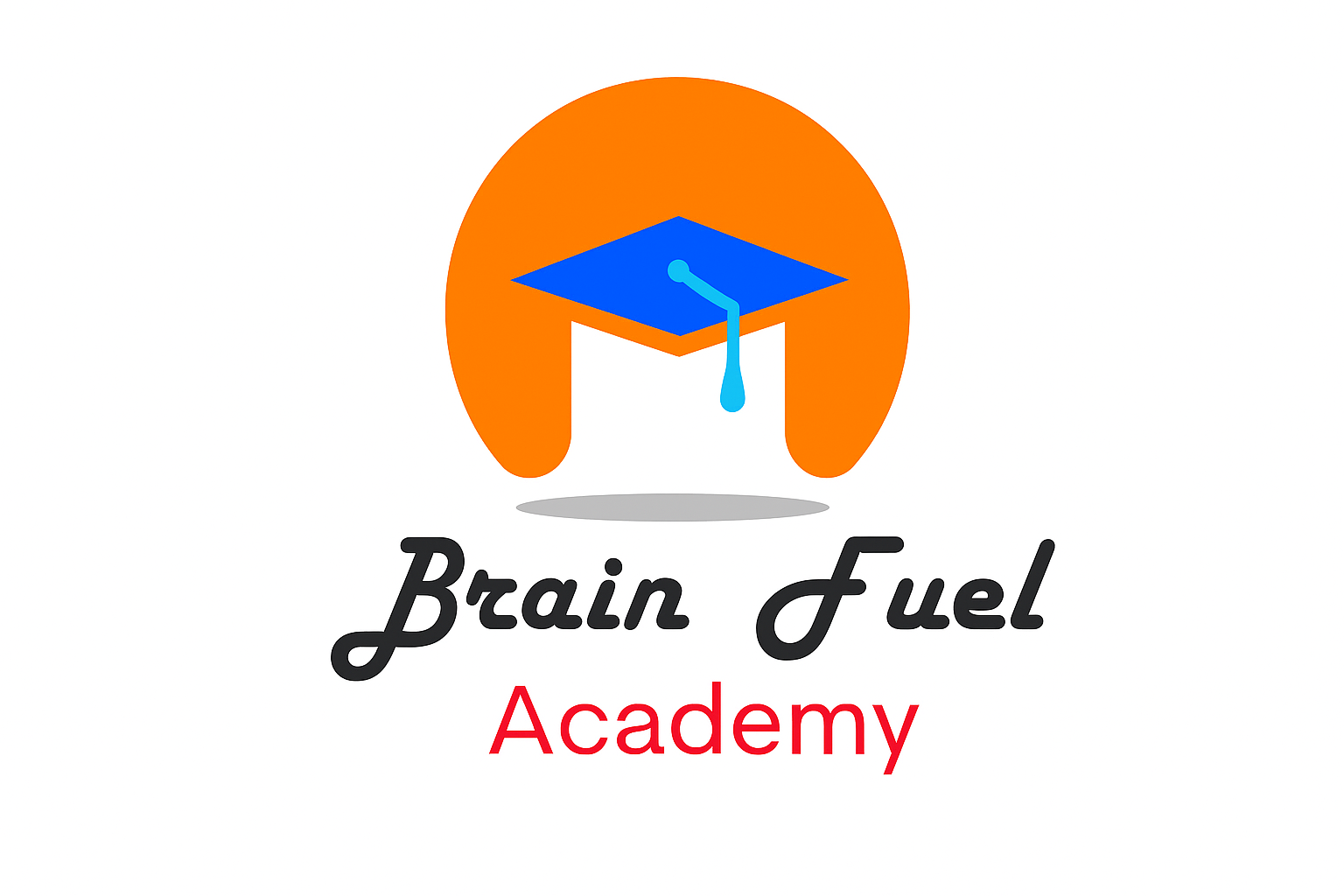Currently Empty: $0.00
Lecture on English Sentence Structure
Good [morning/afternoon] students, and welcome to today’s lecture on English Sentence Structure. This is a crucial topic that will help you gain a better understanding of how English sentences are formed, allowing you to express your thoughts clearly and accurately. Whether you are writing essays, speaking in public, or just having casual conversations, mastering sentence structure is key to effective communication.
What is Sentence Structure?
Sentence structure refers to the arrangement of words, phrases, and clauses within a sentence. It is the framework that holds a sentence together, allowing the listener or reader to understand the intended meaning. In English, sentence structure follows certain patterns or rules, and these structures are essential in forming grammatically correct sentences.
In general, there are four main sentence types based on structure:
-
Simple sentences
-
Compound sentences
-
Complex sentences
-
Compound-complex sentences
Each of these sentence types plays a different role in communication, and understanding them will make your writing and speaking more dynamic.
1. Simple Sentences
A simple sentence is the most basic sentence type. It consists of a subject and a predicate (the verb), and it expresses a complete thought. The subject tells us who or what the sentence is about, and the predicate tells us what the subject does or is.
For example:
-
She runs every morning.
-
The dog barks loudly.
Each of these sentences has only one independent clause. A simple sentence is not dependent on any other sentence to make sense.
2. Compound Sentences
A compound sentence combines two simple sentences (independent clauses) into one, usually connected by coordinating conjunctions such as and, but, or, nor, for, so, and yet. Each independent clause in a compound sentence has equal importance and can stand alone.
For example:
-
I wanted to go for a walk, but it started raining.
-
She studied hard, and she passed the exam.
In both examples, there are two independent clauses joined by a conjunction. Compound sentences help connect ideas, showing relationships between them.
3. Complex Sentences
A complex sentence, unlike a compound sentence, contains one independent clause and at least one dependent (subordinate) clause. The dependent clause cannot stand alone as a complete sentence. Dependent clauses often begin with subordinating conjunctions such as because, although, since, if, unless, and while.
For example:
-
Although it was raining, I decided to go for a walk.
-
She passed the exam because she studied every day.
In these examples, the first part of the sentence is the independent clause, and the second part is the dependent clause. Complex sentences allow you to express more complex ideas and show relationships like cause, condition, or contrast.
4. Compound-Complex Sentences
A compound-complex sentence is a combination of a compound and a complex sentence. It has at least two independent clauses and at least one dependent clause.
For example:
-
Although it was raining, I decided to go for a walk, and I enjoyed the fresh air.
-
She studied every day, but she still didn’t pass the exam because she didn’t practice enough.
These types of sentences allow you to express multiple ideas and relationships in one sentence, which is very useful for more advanced writing and speaking.
Key Components of Sentence Structure
Understanding the key components of sentence structure is also important. The subject is typically the noun or pronoun that the sentence is about, and the predicate is the part of the sentence that contains the verb and tells what the subject is doing.
Additionally, sentences often contain objects, complements, and modifiers. For example:
-
Direct object: The person or thing that receives the action of the verb.
-
She reads a book.
-
Here, “book” is the direct object because it receives the action of “reads.”
-
-
Indirect object: The person or thing that benefits from or is affected by the action.
-
She gives him a gift.
-
“Him” is the indirect object, receiving the gift.
-
-
Modifiers: Words, phrases, or clauses that provide additional details about other parts of the sentence.
-
The tall man walked into the room.
-
“Tall” modifies “man,” giving more detail about him.
-
Tips for Mastering Sentence Structure
-
Vary Your Sentence Length and Complexity: Using a variety of sentence types, from simple to complex, helps make your writing more interesting. It keeps the reader engaged and allows you to express your ideas more effectively.
-
Avoid Run-on Sentences: A run-on sentence occurs when two independent clauses are improperly joined without a conjunction or punctuation. For example, “I went to the store I forgot my wallet.” This should be corrected to “I went to the store, but I forgot my wallet.”
-
Use Punctuation Correctly: Punctuation helps clarify meaning and structure. Commas, semicolons, and periods help indicate where ideas begin and end. For example, “I’m tired, but I’ll finish my work” vs. “I’m tired but I’ll finish my work” (the comma helps separate ideas).
-
Focus on Clear Subject-Verb Agreement: Ensure that your subject and verb agree in number. For instance, “She runs” (singular subject, singular verb) vs. “They run” (plural subject, plural verb).
Conclusion
In conclusion, understanding and mastering sentence structure is essential for effective communication in English. By using different sentence types—simple, compound, complex, and compound-complex—you can express your ideas more clearly and make your writing more engaging. Pay attention to the key components of sentences, and practice creating sentences with various structures. With time and practice, you will find that you can speak and write in English with greater confidence and clarity.
Thank you for your attention, and I encourage you to practice constructing sentences using different structures as part of your ongoing learning journey!


